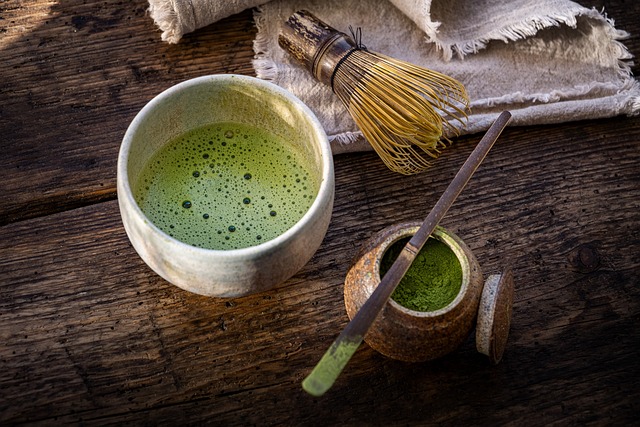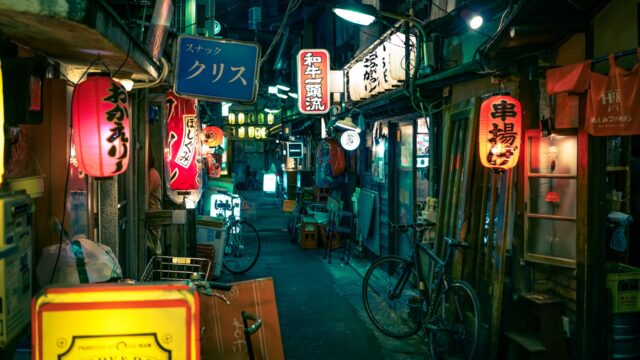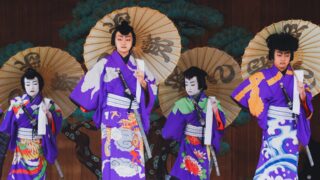The Japanese tea ceremony, or chado (茶道), is a beautiful and serene practice, brimming with tradition and a deep sense of mindfulness. As you travel through Japan, you owe it to yourself to immerse in this unique experience.
Discovering Chado: The Way of Tea
Chado, often translated as ‘the way of tea,’ is a ceremonial practice with deep roots in Zen Buddhism. It is a delicate dance of carefully measured movements and attentiveness, wrapped around the simple act of preparing and serving powdered green tea, known as matcha. Every element, from the tea utensils to the room’s decoration, carries meaning and purpose. In chado, tea is more than a beverage; it represents a philosophical pathway to spiritual and aesthetic fulfillment.
The Serenity of the Tea Room
Entering a traditional tea room is like stepping into another realm. Every detail, from the low entrance (designed to foster humility) to the minimalist decor, is thoughtfully designed to create a serene and tranquil environment. The tea room is a sacred space where all worldly concerns are left at the door, allowing you to fully engage with the present moment.
Understanding the Rituals and Aesthetics
The tea ceremony is not merely about drinking tea but involves a series of intricate rituals. Before the ceremony, guests cleanse their hands and mouths using clean water from a stone basin. Once inside the tea room, they admire the hanging scroll and flower arrangement, expressions of the host’s aesthetic sensibility. The host then meticulously cleans each tea utensil in a specific order and method, a display of respect and purity.
The Grace of the Tea Master
The tea master’s precision and elegance are a sight to behold. Every movement is an exercise in mindfulness and grace, reflecting years of disciplined practice. The method of preparing the tea, known as temae, is an art form in itself, embodying the principles of harmony, respect, purity, and tranquility. As you watch the tea master at work, you can’t help but feel a sense of calm and admiration.
Savoring Matcha: A Taste of Zen
As the frothy matcha is finally served, its vibrant green color capturing your attention, you are invited to take a moment to appreciate its beauty. The taste of matcha is an amalgamation of bitter and sweet, mirroring the complexities of life. With each sip, you are not just consuming tea but partaking in a shared moment of mindfulness and harmony.
Partaking in a Tea Ceremony: A Must-Do in Japan
Whether you’re in Kyoto, the cultural heart of Japan, or the bustling city of Tokyo, you’ll find numerous tea houses offering tea ceremony experiences. While some may prefer to simply watch, I’d highly recommend participating. There is something profoundly moving about being a part of this age-old ritual that words alone cannot fully capture.
Embarking on this journey through the world of chado, you’ll discover new insights into Japanese culture and, perhaps, even into your own perceptions and mindset. The tea ceremony is a testament to the beauty of simplicity, a celebration of mindfulness, and a symbol of hospitality. It’s a moment of tranquility that every traveler to Japan should experience.
So, when you’re planning your trip, make sure to include the tea ceremony in your itinerary. It’s not just a tourist attraction—it’s an unforgettable immersion into the heart of Japanese culture.





